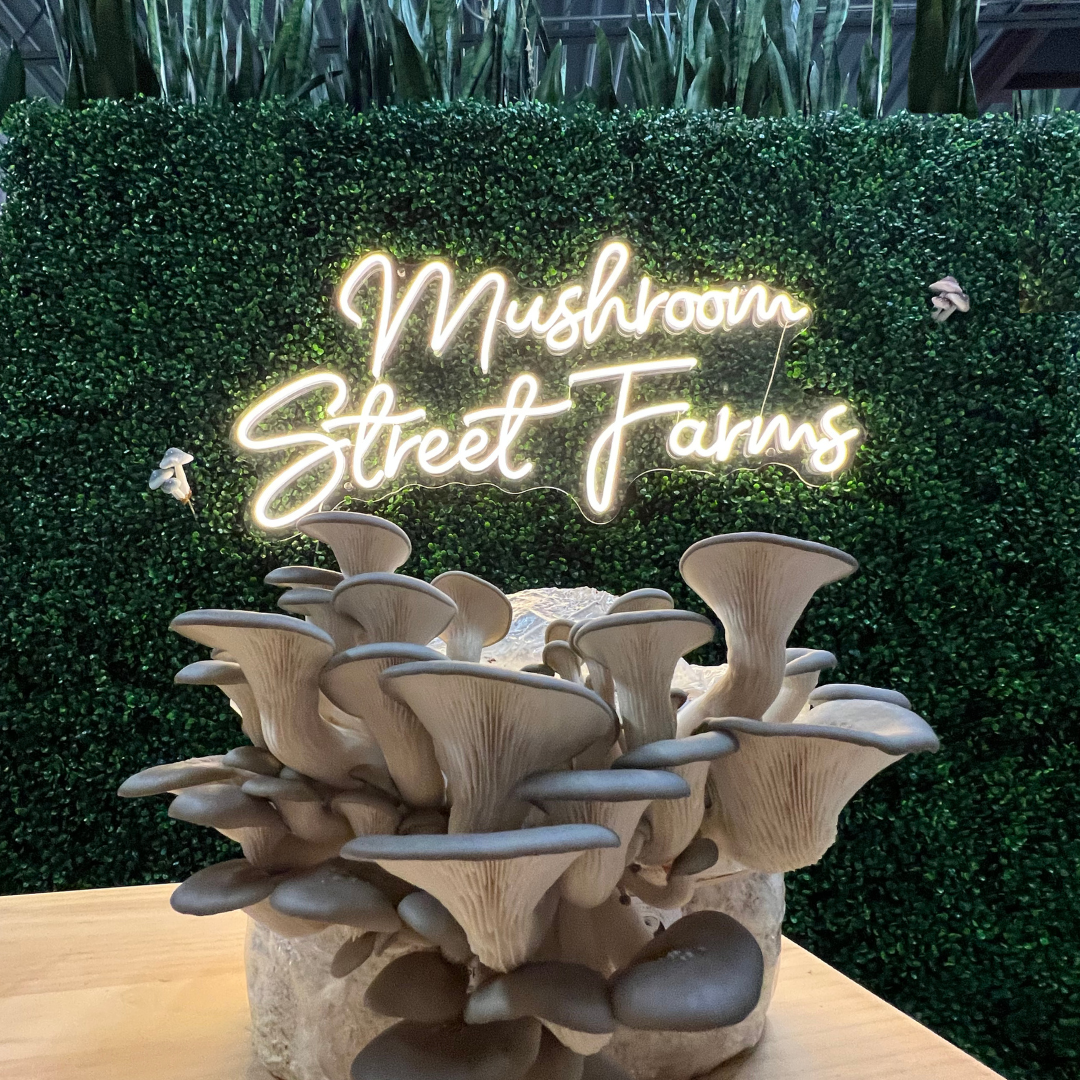Tried an oyster mushroom kit and wondering what comes next? You’re not alone. If you’ve ever watched a flush of oyster mushrooms erupt from a countertop box, you know how satisfying mushroom growing can be. It’s low-commitment, fast, and rewarding.
But for many curious growers, that first flush is just the beginning. Whether you're hoping to grow something meatier, weirder, or more medicinal, branching into new mushroom cultivars opens up a world of possibilities—and a few new challenges.
Here’s what to know if you’re ready to level up your mushroom growing game.
🌱 Why Branch Out?
Most mushroom kits sold online or in stores are built around one species: oyster mushrooms. They’re fast-growing, resilient, and tolerant of household conditions. But they’re also just one small piece of the fungal kingdom.
Exploring new mushroom types introduces:
- Different flavors and textures
- New growth habits and timelines
- A deeper understanding of fungal biology
- A creative challenge that’s part food, part science experiment
- Whether you're interested in functional species like lion’s mane or the rich, nutty flavor of shiitake, there’s a whole world beyond oyster—and it’s not as intimidating as it sounds.
🍄 Great Next Cultivars to Try
Here are a few beginner-friendly next steps that open the door to broader growing skills:
🧠 (Hericium erinaceus)
Looks like a white, furry pom-pom—and is prized for both texture and potential neurological benefits.
- Grow method: Hardwood sawdust blocks
- Needs: High humidity, gentle airflow
- Why try it: Beautiful to watch, highly sought-after, and a good intro to specialty fruiting behaviors
🌳 Shiitake (Lentinula edodes)
Earthy, savory, and grown commercially for centuries.
- Grow method: Logs or supplemented sawdust blocks
- Needs: More patience—can take weeks to months to fruit
- Why try it: Introduces long-term fruiting cycles and wood-loving species
🍯 Chestnut or Nameko Mushrooms
Delicate, clustered mushrooms with gorgeous caps and rich flavor.
- Grow method: Enriched sawdust
- Needs: Stable humidity and careful handling
- Why try it: Often overlooked, but flavorful and visually striking
🌿 King Oyster or Pioppino
Known for meaty stems and elegant caps—these are more advanced but very rewarding.
- Grow method: Enriched blocks
- Needs: Precise humidity and CO₂ management
- Why try it: Great for dialed-in indoor setups or growers ready to refine technique
🧠 Also read:
- 👉 Mushroom Growing 101: Your DIY Journey Starts Here — Get the basics down on substrates, humidity, and pinning before you branch out.
- 🍄 The Truth About Functional Mushrooms — What research says about lion’s mane, reishi, and other specialty species.
- 🌱 Beginner’s Guide to Growing Mushrooms Indoors in Texas — How to create the right fruiting conditions year-round.
🔄 What Changes When You Grow a New Cultivar?
Branching into new species requires shifting your approach. Some key changes:
- Substrates: Many cultivars require hardwood-based blocks, not straw or coffee grounds
- Fruiting conditions: You’ll need to monitor humidity, airflow, and sometimes light more closely
- Timeline: Some species take longer to colonize or fruit than oyster mushrooms
- Troubleshooting: You’ll learn how to adjust based on behavior—not just follow a chart
Each species teaches you something new. You’ll learn how mycelium behaves differently, how to spot healthy pinning, and when patience pays off.
🧪 Leveling Up Your Setup
You don’t need a high-tech lab to grow specialty mushrooms—but a few upgrades can make a big difference:
- Consider a grow tent or mini greenhouse to manage humidity and airflow
- Use a hygrometer and small fan to fine-tune your fruiting chamber
- Keep a grow log with notes on substrate, strain, humidity, and yield
- Don’t overdo it at first—choose one new cultivar and master it before adding more
📍 Want Help Getting Started?
If you’re in Texas, you don’t have to figure it out alone. Several small farms now offer mushroom growing classes where you can:
- Get hands-on with different substrates
- Learn from experienced cultivators
- See a variety of indoor systems
- Ask real questions and leave with real knowledge
Workshops are available in:
- Dallas – A beginner-friendly growing workshop focused on home cultivation
- Arlington – A guided mushroom tour that shows how urban systems operate
- Buda – An immersive class that covers multiple species and growing setups
- Leander – A small-group workshop focused on specialty cultivars and fruiting conditions (Coming Soon Sign up for updates and note your interest in mushrooms)
These experiences go beyond basic kits—connecting you with growers who can show you how it really works.
🌱 Final Tip: Stay Curious
Mushroom growing isn’t just a hobby—it’s a hands-on way to understand food systems, microbial life, and the beauty of nature doing its thing.
Whether you’re experimenting on your windowsill or scaling up in a grow tent, each new cultivar is a new lesson.
So go ahead—branch out. The next mushroom you grow might just teach you something amazing.






